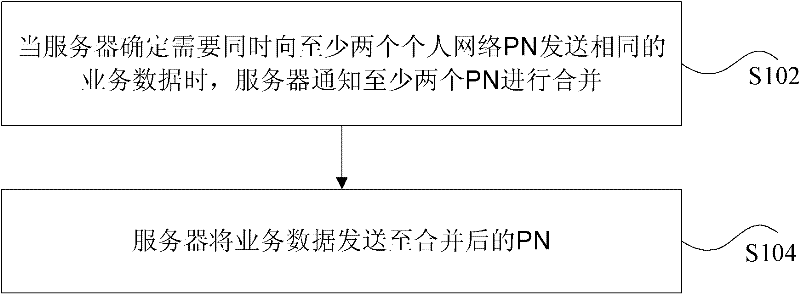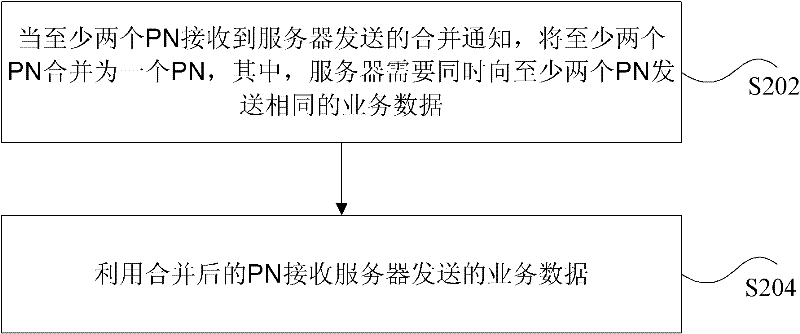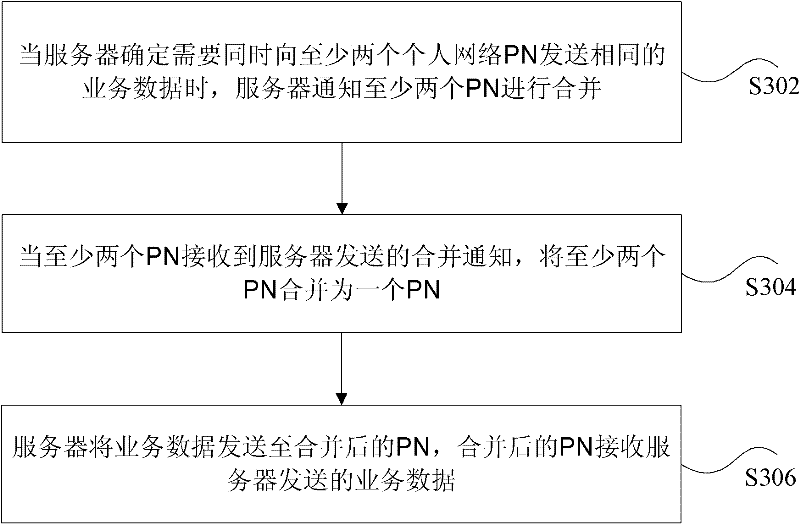Method, device and system for combining personal networks (PN)
A personal network and gateway technology, applied in the field of communication, can solve the problems of waste of transmission resources, reduce the efficiency of server distribution business, etc., and achieve the effects of improving efficiency, reducing the number of transmissions, and saving transmission resources
- Summary
- Abstract
- Description
- Claims
- Application Information
AI Technical Summary
Problems solved by technology
Method used
Image
Examples
Embodiment Construction
[0030] The present invention will be described in detail below with reference to the accompanying drawings and in combination with embodiments.
[0031] Hereinafter, the present invention will be described in detail with reference to the drawings and examples. It should be noted that, in the case of no conflict, the embodiments in the present application and the features in the embodiments can be combined with each other.
[0032] It is mentioned in the related art that the server needs to send the same service data to different personal network PNs or service applicants respectively, which causes a waste of transmission resources and reduces the service distribution efficiency of the server. In order to solve the above technical problems, an embodiment of the present invention provides a personal network merging method, the processing flow of which is as follows figure 1 shown, including:
[0033] Step S102, when the server determines that the same service data needs to be ...
PUM
 Login to View More
Login to View More Abstract
Description
Claims
Application Information
 Login to View More
Login to View More - R&D
- Intellectual Property
- Life Sciences
- Materials
- Tech Scout
- Unparalleled Data Quality
- Higher Quality Content
- 60% Fewer Hallucinations
Browse by: Latest US Patents, China's latest patents, Technical Efficacy Thesaurus, Application Domain, Technology Topic, Popular Technical Reports.
© 2025 PatSnap. All rights reserved.Legal|Privacy policy|Modern Slavery Act Transparency Statement|Sitemap|About US| Contact US: help@patsnap.com



